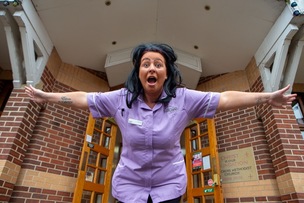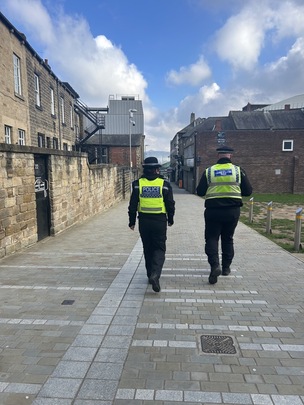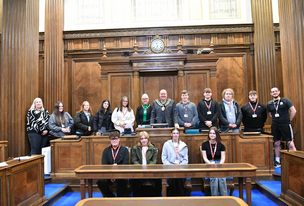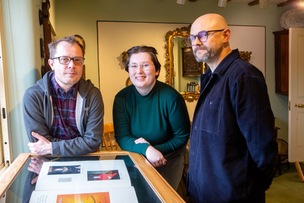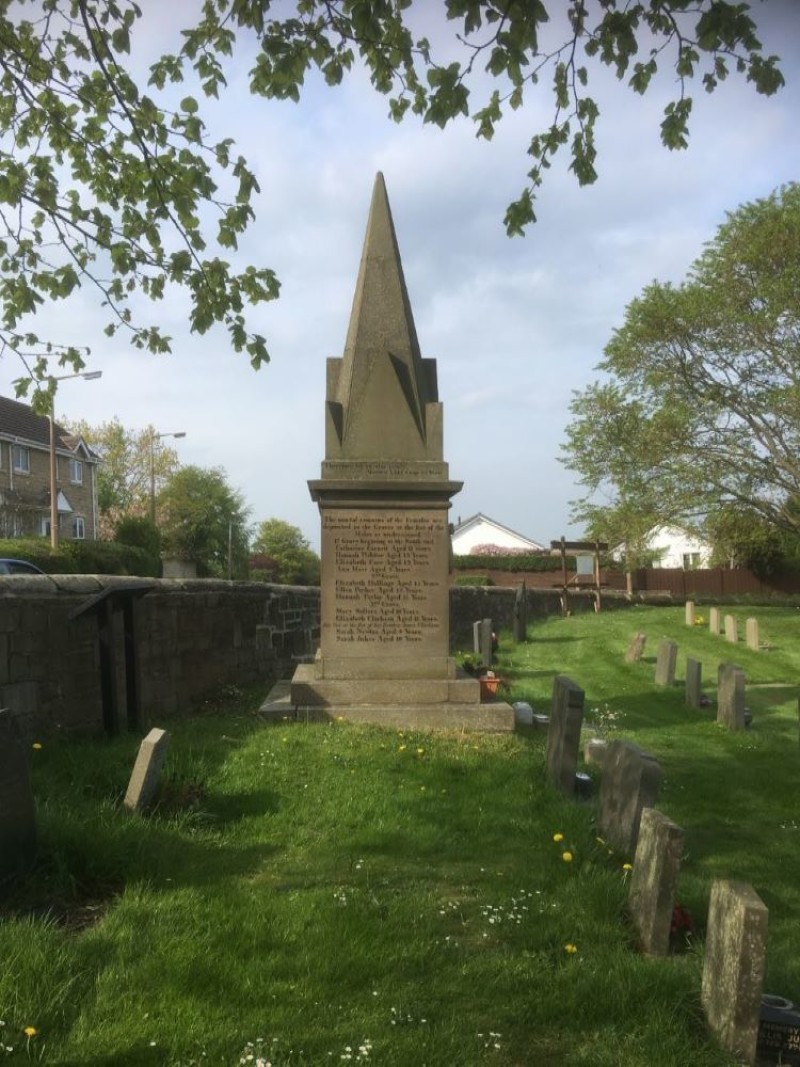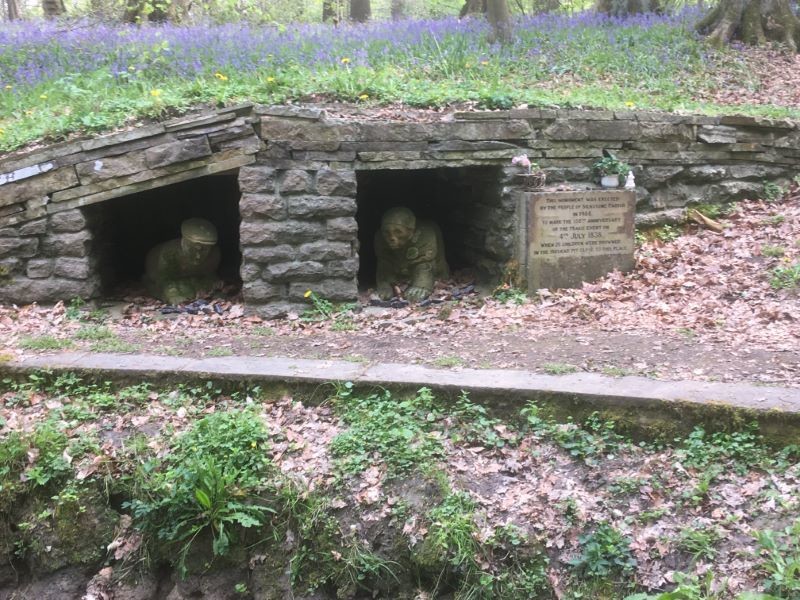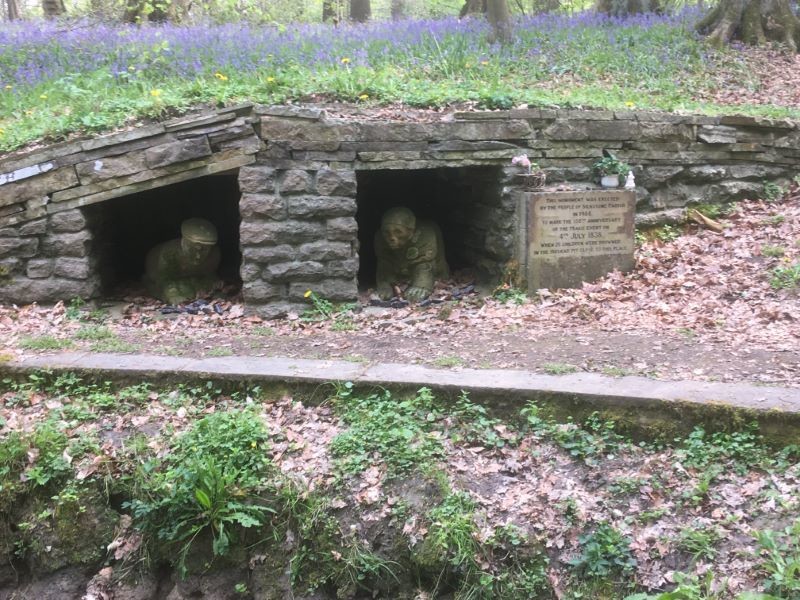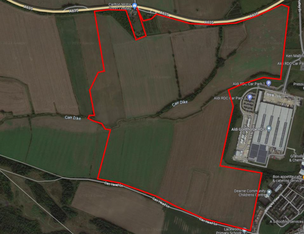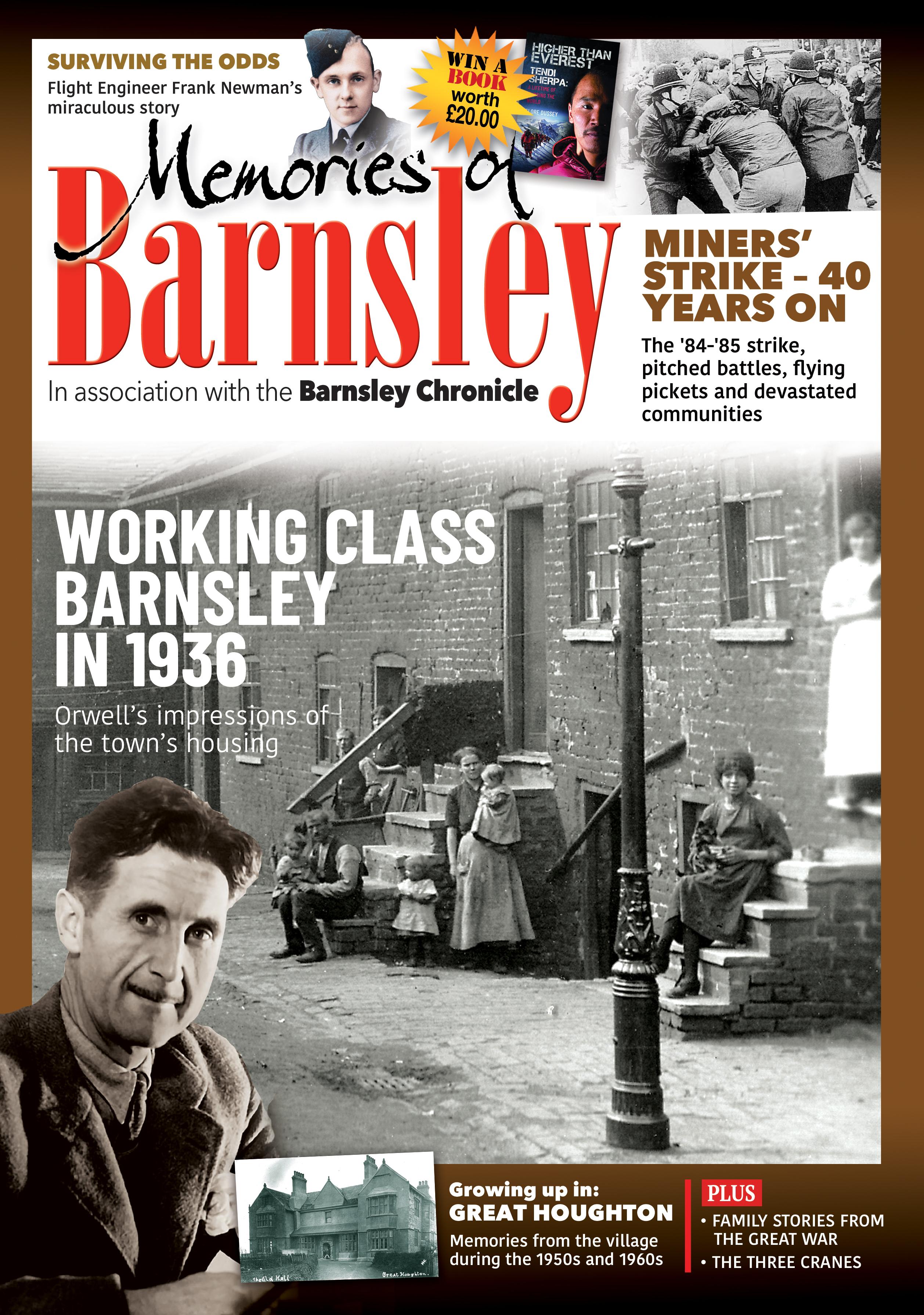ON JULY 4 1838, what was described as ‘an awful visitation’ occurred at Silkstone Common.
The Huskar mining disaster changed the course of history.
A torrential downpour during a thunderstorm caused the stream running through Nabs Wood to turn into a raging torrent, which poured into the bottom of the ‘dayhole’ pit at House Carr Lane (hence the name Huskar), trapping and drowning 26 children aged between seven and seventeen.
There were several such ‘dayholes’ in the area, with deep mines burrowed into the ground in later years.
The disaster shocked the nation, including the young Queen Victoria, and led to a bill being put through Parliament in 1842 by Lord Ashley (later Lord Shaftesbury) which prevented women and children from working down mines.
Up to this act being made law, they had been employed as hurriers, helping to get mined coal out of the pits, and trappers, younger children who opened and shut the ventilation wooden doors in the pit tunnels.
They would work in complete darkness as candles cost too much money. Children did the work because they cost a lot less than adults.
After the disaster the children’s bodies were buried in the churchyard at Silkstone, where a large memorial bears all their names.
To mark the 150th anniversary of the disaster, a poignant memorial was erected in the wood close to the site of the entrance to the dayhole, standing as it does now today amidst young sprouting trees and an array of bluebells.
It shows with great clarity and
horror, figures of a boy and a girl on their hands and knees crawling through the narrow tunnels.

